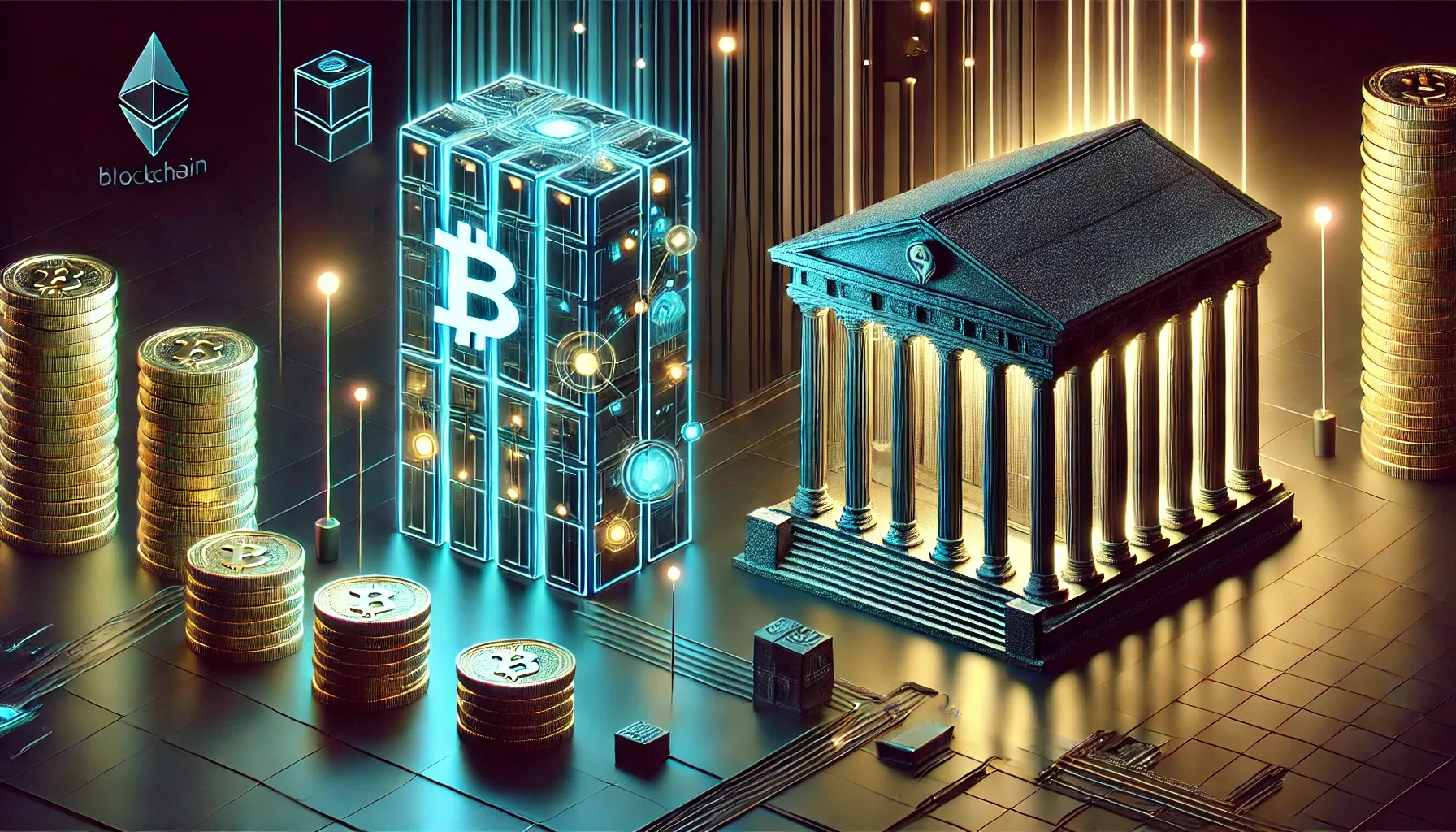Have you ever felt that traditional banking is a complicated maze? Accounts you don’t understand, hidden fees, and slow processes. What if I told you there’s a way to escape all that? This is where DeFi, or Decentralized Finance, comes into play. In this article, we will explore how DeFi is transforming the financial world and why it’s an attractive option for those seeking an alternative to traditional banking.
What is DeFi?
Basic Definition
DeFi is an ecosystem of financial applications built on blockchain technology. Unlike traditional banks, which are centralized entities, DeFi allows users to access financial services directly, without intermediaries.
Key Features of DeFi
- Decentralization: There is no single point of control. Decisions are made through smart contracts and community protocols.
- Accessibility: Anyone with an Internet connection can participate, regardless of their location.
- Transparency: All transactions are visible on the blockchain, reducing the opacity of financial operations.
Differences Between DeFi and Traditional Banking
1. Centralized vs. Decentralized Structure
Traditional banking relies on a centralized structure. This means decisions are made by specific institutions, such as banks or governments. In contrast, DeFi operates on a decentralized network, empowering users.
2. Control of Funds
In traditional banking, customer funds are controlled by the institution. With DeFi, users have full control of their assets, storing them in wallets that only they can access.
3. Fees and Costs
Banks often impose high fees for services like transfers, account maintenance, and loans. DeFi, by eliminating intermediaries, usually offers lower fees, making it a cost-effective option.
4. Transparency
Traditional banking operations are often opaque, with internal processes that customers cannot see. In contrast, DeFi allows users to view all transactions on the blockchain, fostering greater trust.
How DeFi Works
Smart Contracts
Smart contracts are programs that execute automatically when certain conditions are met. In DeFi, these contracts are the foundation of many applications, from lending to exchanges.
Common DeFi Applications
- Decentralized Exchanges (DEX): Allow users to trade cryptocurrencies without intermediaries.
- Lending and Borrowing: Users can lend their assets and earn interest or take loans without needing a bank.
- Stablecoins: Cryptocurrencies pegged to stable assets, like the dollar, allowing transactions without the usual volatility.
Benefits of DeFi
1. Greater Access to Financial Services
DeFi offers services to people who are outside the traditional banking system. This includes those who do not have access to a bank in their area or those who do not meet the requirements to open an account.
2. Investment Opportunities
Users can invest in various DeFi platforms, often with higher returns than those offered by traditional savings accounts.
3. Constant Innovation
The DeFi space is constantly evolving, with new applications and improvements regularly emerging. This means users always have access to the latest financial tools and technologies.
Challenges of DeFi
1. Security Risks
Despite the security of blockchain, DeFi is not immune to hacks and vulnerabilities. Users must be cautious and conduct research before using platforms.
2. Complexity
For those accustomed to traditional banking, the DeFi world can be overwhelming. The interfaces, technical terms, and processes can make adoption difficult.
3. Regulations
The DeFi space is under scrutiny from regulatory authorities. This could change how DeFi operates in the future, affecting its accessibility and functionality.
How to Get Started with DeFi
1. Educate Yourself
Before diving into DeFi, it’s essential to understand how it works. Read about different platforms and the cryptocurrencies you will use.
2. Create a Wallet
To participate in DeFi, you’ll need a digital wallet. Make sure to choose a secure and user-friendly option.
3. Explore Platforms
Research and choose DeFi platforms that offer services you’re interested in, whether exchanges, lending, or savings.
4. Start with Small Amounts
If you’re new to DeFi, it’s advisable to start with small amounts while you familiarize yourself with the ecosystem.
The Future of DeFi
The Separation from Traditional Banking
DeFi has the potential to separate users from banking institutions. As more people adopt these technologies, we could see a fundamental shift in how the global economy operates.
Growth and Expansion
As blockchain technology continues to develop, DeFi is likely to grow and integrate into more aspects of everyday financial life.
Innovations in Financial Services
Over time, we may see more personalized and accessible financial services thanks to the constant innovation in the DeFi space.
Conclusion
DeFi is revolutionizing the world of finance, offering an attractive alternative to traditional banking. With its focus on decentralization, transparency, and accessibility, DeFi has the potential to transform our relationship with money. If you’re looking to break free from the chains of traditional banking, the world of DeFi might be the answer you’ve been waiting for.
Are you ready to take the leap towards financial freedom? The adventure is just a click away.
